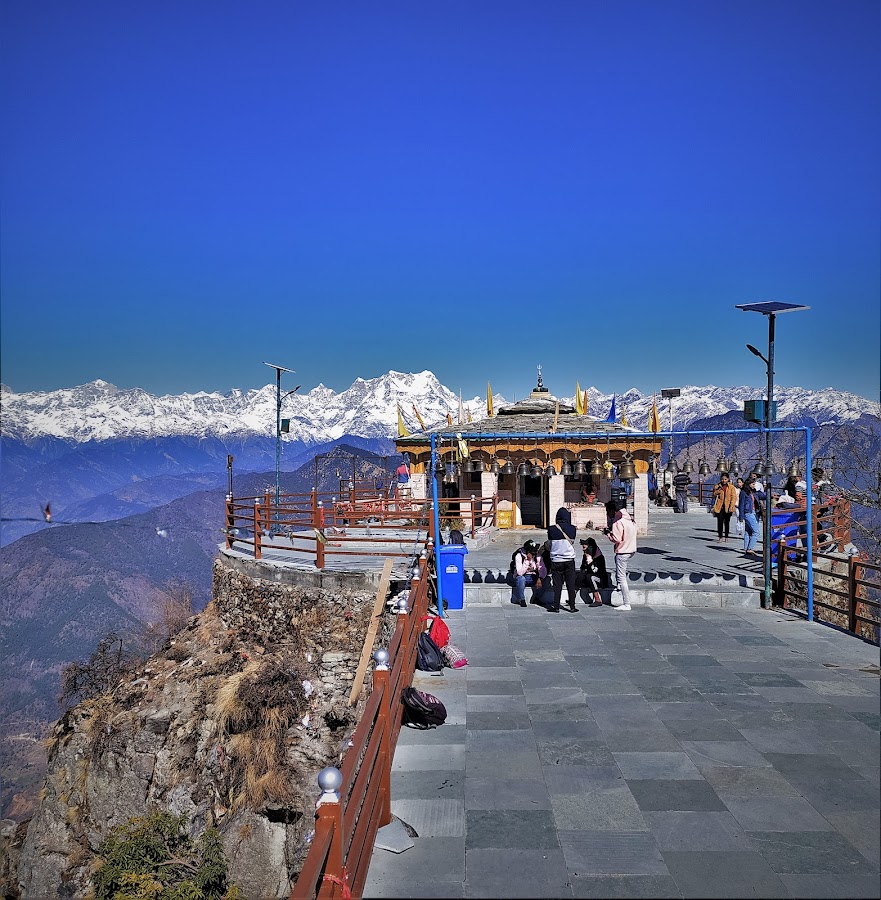
Kartik Swami Temple
Rudraprayag, India
- Attend the morning aarti ceremony
- Enjoy panoramic views of the Himalayas
- Meditation at the temple premises
- Offer prayers to Lord Kartikeya
- Photography of the scenic landscapes
- Trekking to the Kartik Swami temple
Known for:
Description:
Kartik Swami Temple, dedicated to Lord Kartikeya, the elder son of Lord Shiva, is a revered shrine perched at an altitude of approximately 3,050 meters (10,000 feet) in the Rudraprayag district of Uttarakhand. The temple offers breathtaking panoramic views of the snow-clad Himalayan peaks, including the Chaukhamba range. The trek to the temple is an integral part of the pilgrimage, winding through lush forests and offering serene landscapes. The spiritual ambiance and the stunning natural beauty make it a truly unforgettable experience. The temple is known for its unique tradition of offering hair to Lord Kartikeya. Pilgrims visit throughout the year, though the summer months are particularly popular due to the pleasant weather. The temple provides a tranquil escape from the hustle and bustle of city life, inviting visitors to connect with nature and spirituality.
History:
The history of Kartik Swami Temple is deeply rooted in Hindu mythology. Legend says that Lord Shiva challenged his two sons, Kartikeya and Ganesha, to a race around the universe. Kartikeya immediately set off on his journey, while Ganesha cleverly circled his parents, considering them his universe. Impressed by Ganesha's wisdom, Shiva declared him the winner. Disappointed and angered by his defeat, Kartikeya sacrificed his bones and flesh to his parents at this very spot. The main idol in the temple is not of Lord Kartikeya himself, but his bones, symbolizing his sacrifice. The temple has been a place of reverence for centuries, with local communities maintaining its sanctity and preserving its rich cultural heritage. While precise historical records are scarce, the enduring faith of devotees speaks volumes about its significance.